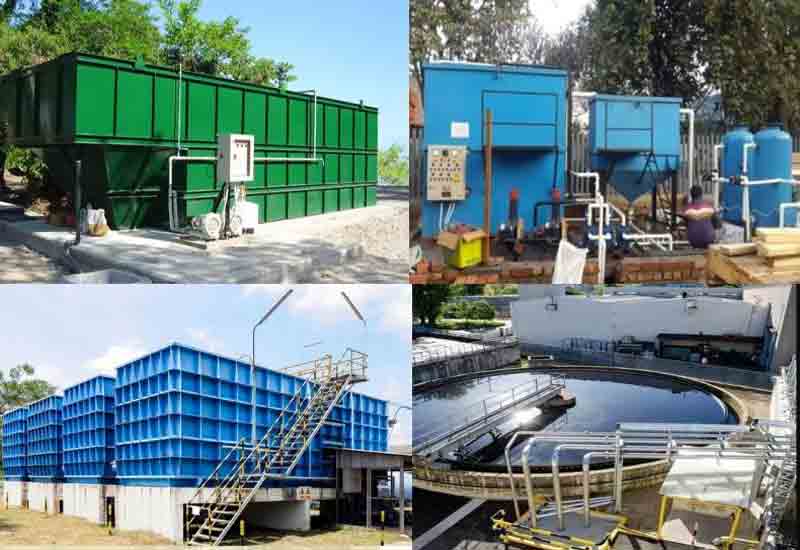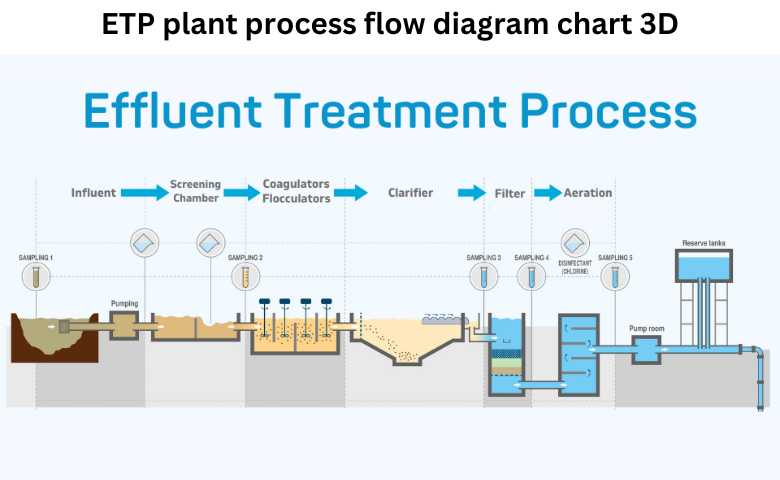Effluent Treatment Plant (ETP) in Bangladesh
Welcome to M/s Asha Enterprise, your one-stop destination for all your effluent treatment plant needs in Bangladesh. We are a legitimate and solid producer and provider of effluent treatment plants that take care of the requirements of various industries across Bangladesh.
Bangladesh, the land of winding rivers and fertile deltas, faces a hidden threat: untreated wastewater. From bustling garment factories to rural communities, a surge in industrial and domestic effluents is jeopardizing the very water sources that sustain life. But amidst this challenge, a silent revolution is brewing – the rise of effluent treatment plants (ETPs). These unsung heroes are working tirelessly to purify polluted water, protect public health, and secure a sustainable future for Bangladesh’s precious water resources.

The Looming Crisis Nation Drowning in Wastewater
Imagine a river, once teeming with life, now choked with murky, odorous water. This is the grim reality for many waterways in Bangladesh, burdened by the relentless flow of untreated wastewater. Industries, particularly the garment sector, are major contributors, discharging effluents laden with harmful chemicals and dyes. Agricultural runoff and raw sewage from densely populated areas add to the toxic concoction.
The consequences are dire. Polluted water poses a significant threat to public health, increasing the risk of waterborne diseases like cholera and typhoid. Aquatic ecosystems suffer, biodiversity plummets, and the very foundation of food security – healthy irrigation water – becomes compromised.
ETPs – Champions of Clean Water
But amidst the gloom, there’s a beacon of hope – effluent treatment plants. These meticulously designed facilities serve as the gatekeepers of water quality, employing a multi-stage purification process. From screening out large debris to neutralizing harmful chemicals through biological and physical effluent treatments cost, ETPs work tirelessly to transform murky effluent into cleaner water.
Different Technologies for Diverse Needs:
- Activated Sludge Process: This workhorse technology utilizes microorganisms to break down organic pollutants, offering a versatile and efficient solution.
- Membrane Bioreactor (MBR): Combining activated sludge with membrane filtration, MBRs provide superior treatment quality, ideal for industries with stringent discharge standards.
- Constructed Wetlands: Nature’s own treatment system, these engineered wetlands utilize plants and microbes to naturally purify wastewater, offering a sustainable and cost-effective option for smaller communities.
Beyond Treatment a Ripple Effect of Benefits
The impact of ETPs extends far beyond cleaner water. They are catalysts for sustainable development, contributing to:
- Improved public health: Reduced waterborne diseases translate to healthier communities and a more productive workforce.
- Environmental protection: Cleaner rivers and healthier ecosystems pave the way for a thriving Bangladesh, resilient to climate change.
- Economic growth: Sustainable water management attracts responsible businesses and investments, boosting the economy.
Challenges and the Road Ahead
Despite the progress, challenges remain. Ensuring widespread adoption of ETPs, particularly by smaller industries, requires financial incentives and capacity building. Effective regulations and stringent enforcement are crucial to hold polluters accountable.
Bangladesh’s water story is being rewritten. With each new ETP, a chapter of hope is added. By embracing innovation, fostering collaboration, and prioritizing clean water, Bangladesh can ensure a brighter future for its people and its environment.
This is just the beginning of the story. Let’s delve deeper into the fascinating world of effluent treatment in Bangladesh:
- Textile Industry Wastewater Treatment: Explore the unique challenges and innovative solutions for this crucial sector.
- Case Studies: Discover real-world examples of ETPs making a difference across Bangladesh.
- Cost and Financing: Understand the economic considerations and explore financing options for ETPs.
- The Future of Water in Bangladesh: Discuss emerging technologies and policy initiatives shaping the water landscape.

FAQ
Why are effluent treatment plants (ETPs) important in Bangladesh?
Bangladesh faces a double threat: industrial and domestic wastewater pollution. Untreated effluents contaminate rivers, harm public health, and damage ecosystems. ETPs act as critical water warriors, purifying wastewater and safeguarding Bangladesh’s water resources for future generations.
What are the common types of ETPs used in Bangladesh?
Activated sludge process is a popular choice for its versatility and efficiency. Membrane bioreactors (MBRs) offer superior treatment for stricter discharge standards. For smaller communities, constructed wetlands provide a sustainable and cost-effective natural purification solution.
What are the challenges and opportunities for ETPs in Bangladesh?
Wider adoption, especially by smaller industries, requires financial support and technical expertise. Stringent regulations and enforcement are crucial. However, opportunities abound! Innovation in ETP design, public-private partnerships, and green financing schemes hold immense potential for a cleaner and healthier water future for Bangladesh.
_Created with [AIPRM Prompt “FAQ Schema Generator”](https://www.aiprm.com/prompts/seo/writing/1825035406975164416/)_ “`json “`